This is what I do now:
func presentOverlayController(controller: UIViewController) {
controller.modalPresentationStyle = .Custom
controller.transitioningDelegate = self
presentViewController(controller, animated: true, completion: nil)
}
//MARK: - UIViewControllerTransitioningDelegate
public func presentationControllerForPresentedViewController(presented: UIViewController, presentingViewController presenting: UIViewController, sourceViewController source: UIViewController) -> UIPresentationController? {
return OverlayPresentationController(presentedViewController: presented, presentingViewController: presenting)
}
It works pretty awesome. First I get the controller from storyboard using .instantiateViewControllerWithIdentifier:. Controller is presented the right way:
But the same result I need to achieve with my custom segue:
class OverlaySegue: UIStoryboardSegue, UIViewControllerTransitioningDelegate {
override func perform() {
destinationViewController.modalPresentationStyle = .Custom
destinationViewController.transitioningDelegate = self
}
//MARK: - UIViewControllerTransitioningDelegate
func presentationControllerForPresentedViewController(presented: UIViewController, presentingViewController presenting: UIViewController, sourceViewController source: UIViewController) -> UIPresentationController? {
return OverlayPresentationController(presentedViewController: presented, presentingViewController: presenting)
}
}
but it doesnt work. Why?
